ABOUT THE RESTAURANT
With its stylish and contemporary interior, it’s far from obvious at first glance that this popular hotel was actually built way back in 1841. But it was and, today, it’s a favourite haunt of celebrities visiting Munich, from movie stars to politicians. What attracted me here is the restaurant Atelier, under the command of Jan Hartwig, who’s been head chef since 2014. Actually, bringing Jan Hartwig on board is probably among the best decisions the restaurant ever made. Why? Because for the previous seven years, he had been training under Chef Sven Elverfeld at the Aqua in the Ritz Carlton Wolfsburg, chef Jan required only a mere three years to bring his own kitchen up to Michelin 3-star standard. I was lucky enough to meet both Sven and Jan, back in 2013, as Aqua was among the main restaurants featured in my book. I clearly remember Chef Sven having the grace to share the credit for his success at Aqua with sous chef Jan, referring to him as ‘the top member of my team’. So, when I met Chef Jan again at my recent visit to Atelier, I wasn’t surprised that he was keen to stress, during our chat before the meal, how valuable his mentorship under Sven had been.
After a few fascinating minutes chatting, Chef Jan led us to the dining room. This, as is clear from the photo, is far from huge: it has only 8 smaller tables with a larger table (for 10 people) at the back. This, I find, is pretty typical for gastronomy at this level, as the aim is to serve small number of diners every night with perfect food. And they do an excellent job of achieving this aim!
ABOUT THE MEAL
Knowing the training he’d had from Aqua, I expected an elaborate cuisine with meticulous attention to detail. And the amuse bouche certainly didn’t disappoint. It set an exceptionally high tone, with an array of five beautifully prepared miniature dishes deluging my palate with sophisticated flavours and complex textures. There was a long, crispy roll, filled with Bozner sauce (a traditional sauce from the Bolzano area, made from hard-boiled eggs, olive oil, white vinegar, mustard, parsley, and beef broth); a cute dome of cider meringue, with apple and St. Maure (classic goats cheese from the Loire Valley); a profiterole of calf’s head with salsa verde; a small bowl of octopus with fennel, saffron and grapefruit; and, last but not least, a tiny cup of Sot-l’y-laisse (oyster of fowl) with chestnut and quince, accompanied by a buttery brioche topped with blobs of chestnut and quince puree. There was no doubt that we were experiencing world-class craftmanship here!
Along with the amuse bouche, a small wooden box of warm bread arrived, together with a small bowl of sea salt, a block of unsalted butter stamped with the restaurant name, a small jar of olive pesto butter, and some cottage cheese, prettily arranged in a mini flower pot! The breads included French baguettes, bacon rolls and anise bread. The bread was a course in itself!
For the next 3-hours, the kitchen delivered a skilfully-designed 10-course menu. And not only was every plate visually magnificent, with beautifully matched flavours, but the ingredients were of the highest quality, too. The menu featured a superb selection of seafood, including sardine, scallop, turbot and monkfish, as well as deliciously delicate meat courses of sweetbread, pigeon and venison. There were also courses that were of a more traditional German nature, such as turbot with cabbage and sauerkraut. But Chef Jan didn’t stick to only European flavours: the jumbo scallop dish had an elegant Thai curry flavour, paired with couscous, coconut and Kaffir lime, while the monkfish with white miso and Vin Jaune, and the sweetbread with hazelnut and kumquat, all had a nice tinge of oriental flavour. To add even more luxury to the meal, the monkfish was topped with a generous portion of caviar. I found the skin of this particular caviar to be rather soft, with no ‘spark’ – in fact, it had a rather creamy and sticky mouthfeel.
Both meat courses had been precisely cooked; deliciously aromatic from the seared surface, while retaining the rawness in the centre. And both dishes had a lovely fruity element cutting through the richness of the sauce – the saddle of venison was served in a sauce of lingonberries and pepper, while the pigeon breast was topped with slices of pear. Brin d’Amour was used for the cheese course: a semi-soft cheese made with ewes’ milk, giving a very creamy and moist effect. The meal ended with two extremely innovative desserts – a tangerine and spruce needles foam with textures from roasted quinoa and pumpernickel, and Felchlin Edelweiss, a Swiss white chocolate, with parsley, cucumber and ginger ale. Both desserts were very light – which was what I preferred, after eating so much food.
ABOUT THE SERVICE
With such a small dining area, containing just two rows of tables, you might expect service to be perfect. And it was – smooth, attentive and highly. Professional. Staff were also very knowledgeable and gave detailed answers to question that I asked. As a grand finale, they filled our table with an abundance of petits fours – and even a box of pralines and truffles. I suppose, at this level of restaurant, most diners would expect nothing less. After all, this is the type of place which goes the extra mile to ensure that every customer is completely satisfied.
As diners leave the restaurant, Chef Jan tries his best to come out to say goodbye to each group. He fully understands, from his experience at Ritz Carlton, that what’s happening in the kitchen is crucial, but he also knows the basic rule of the hospitality industry – that the front of the house is just as important. From the exceptional cooking to the flawless service, this place is a well-deserved Michelin 3-star.
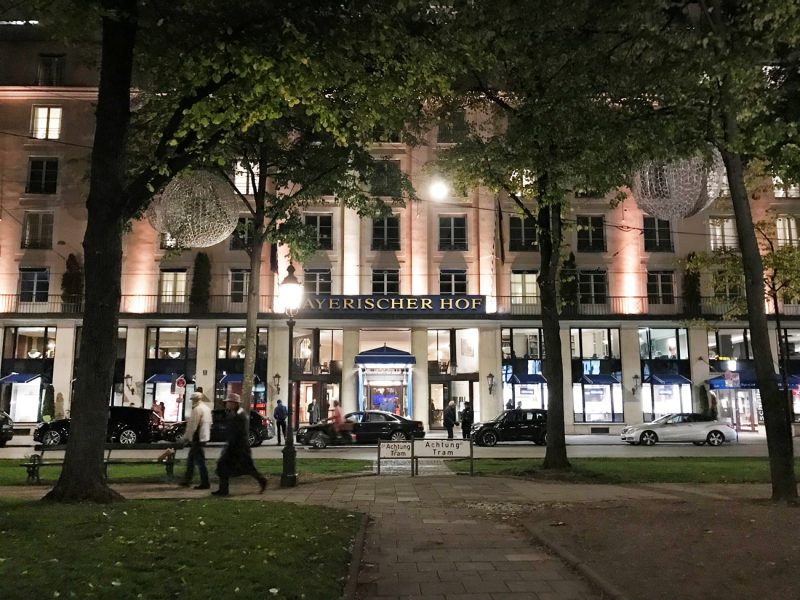
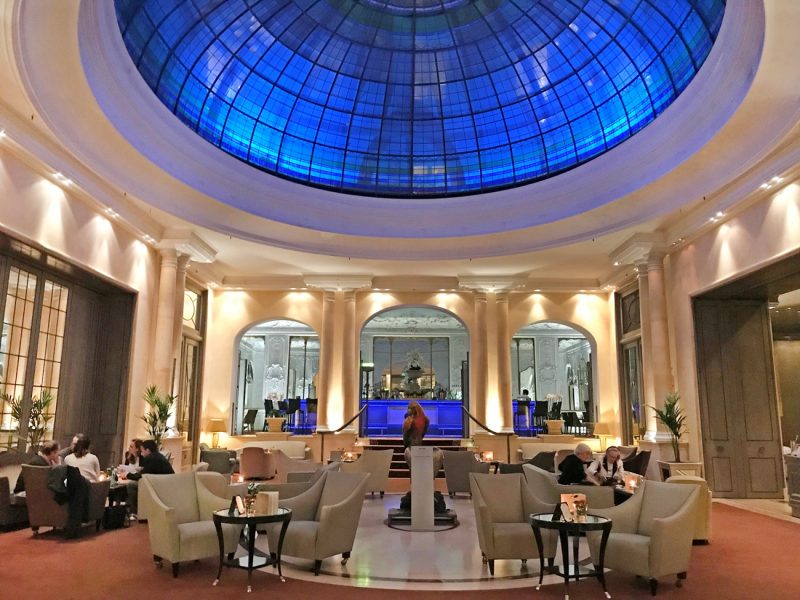
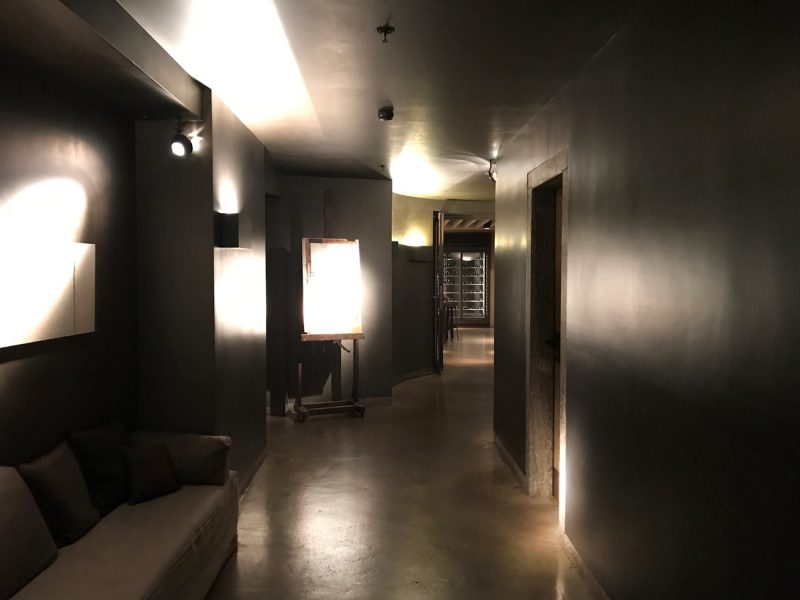
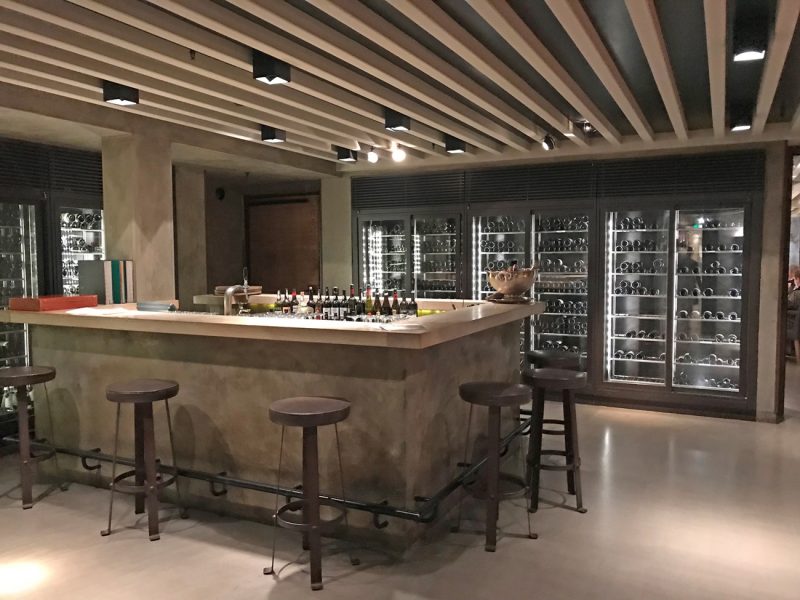
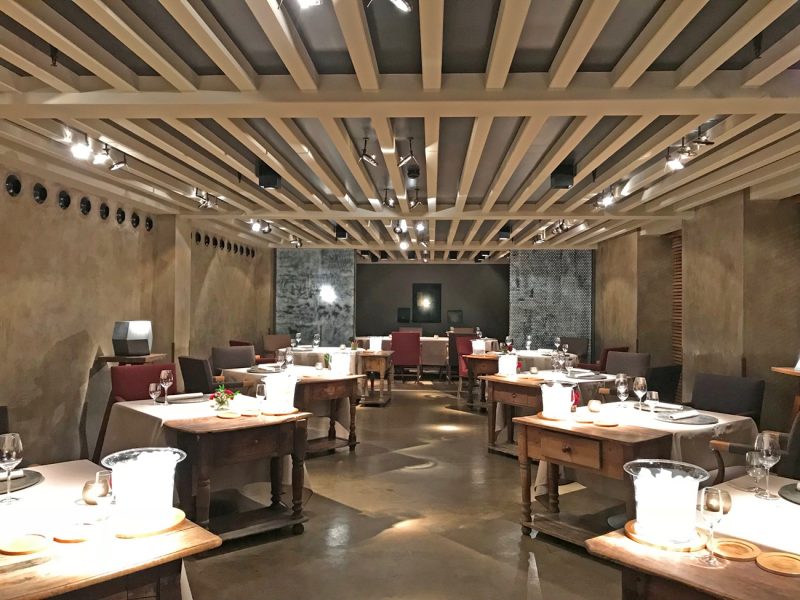
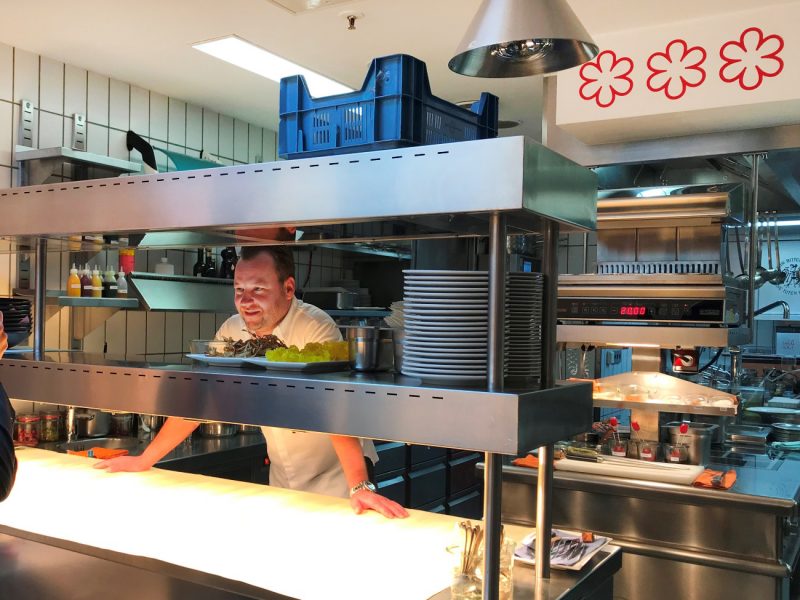
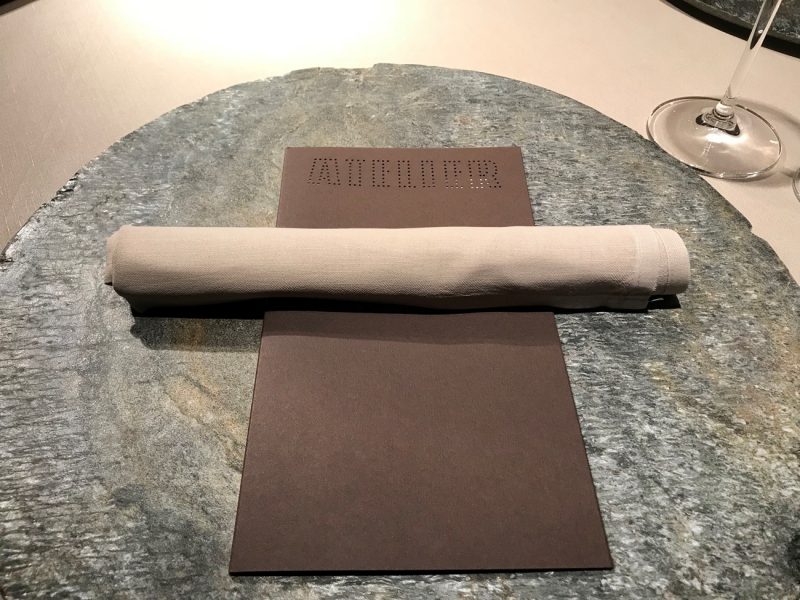
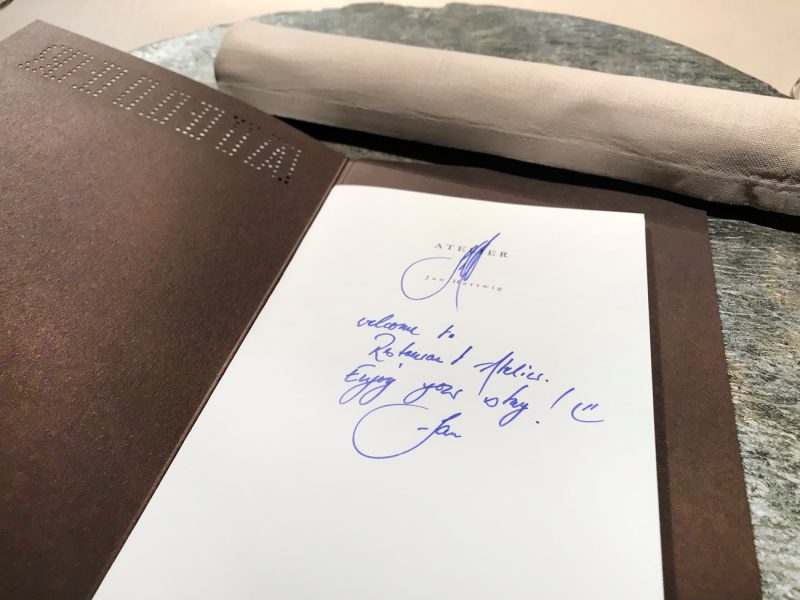
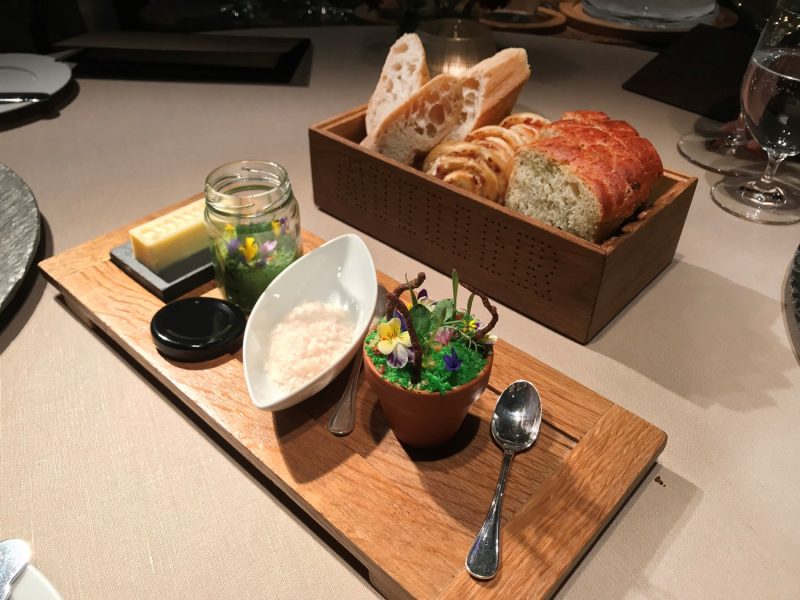
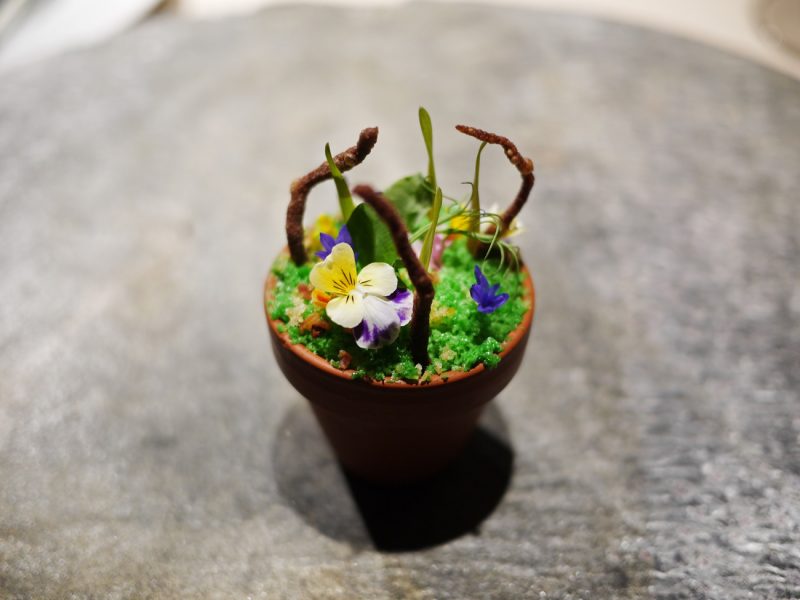
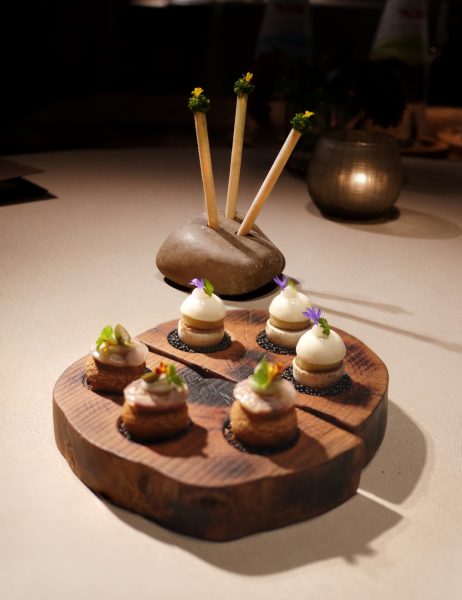
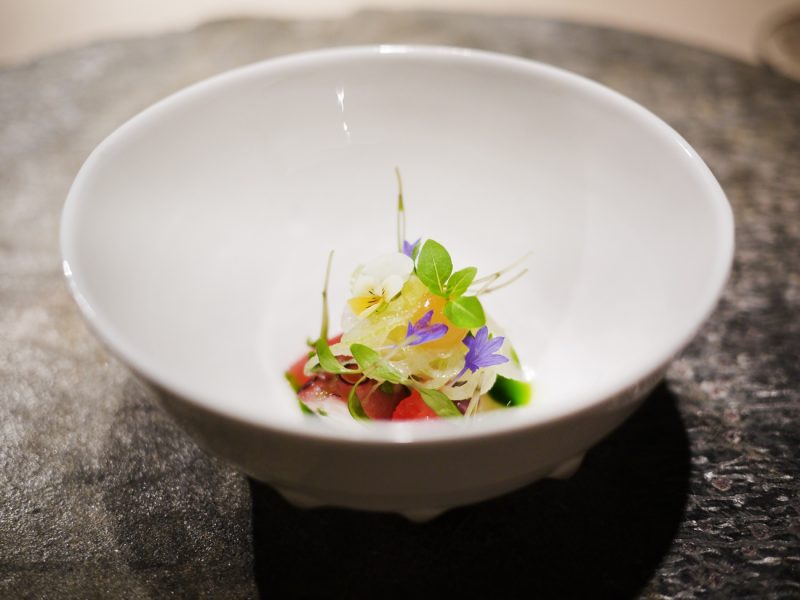
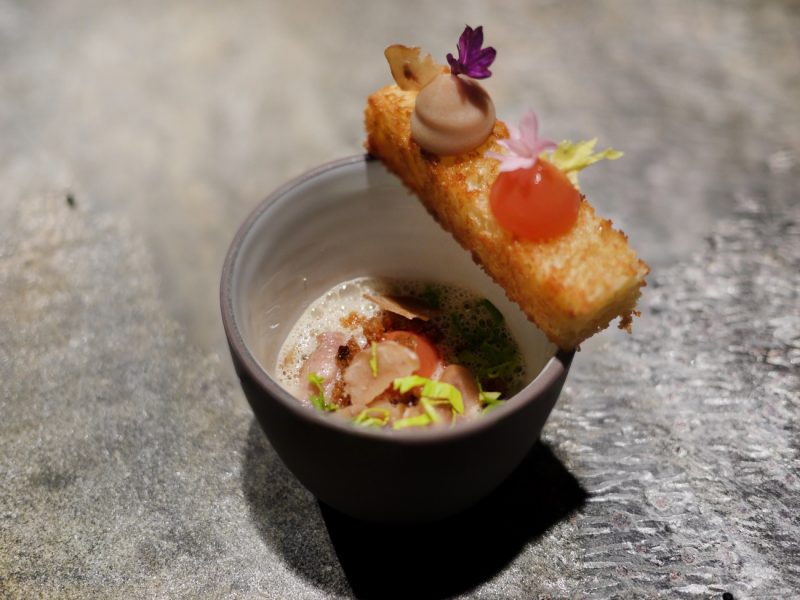
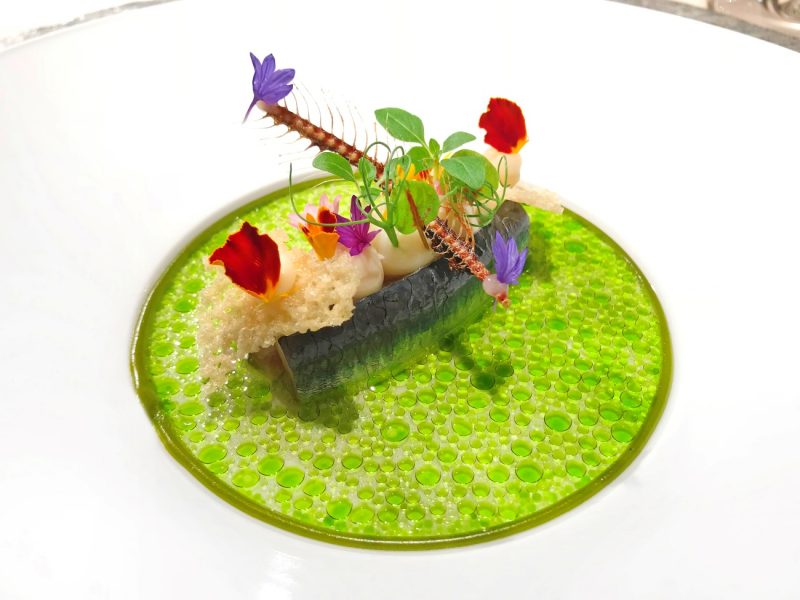
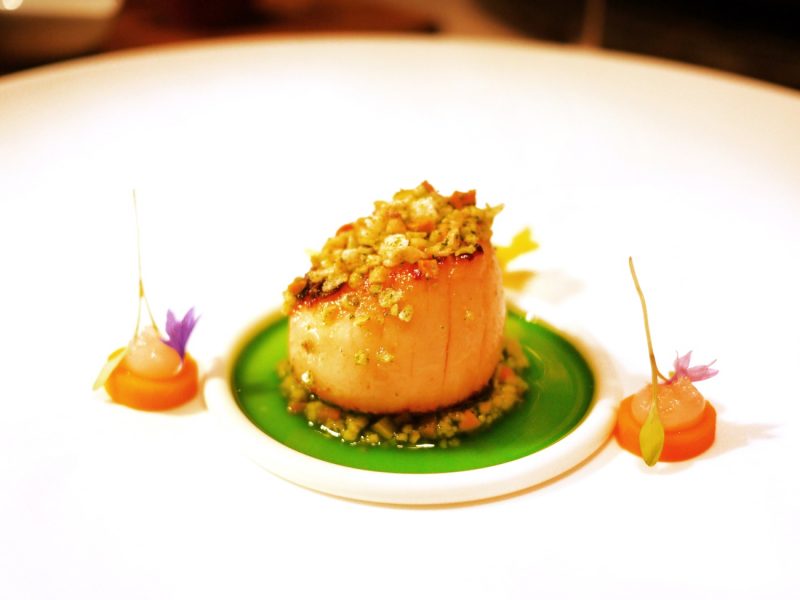
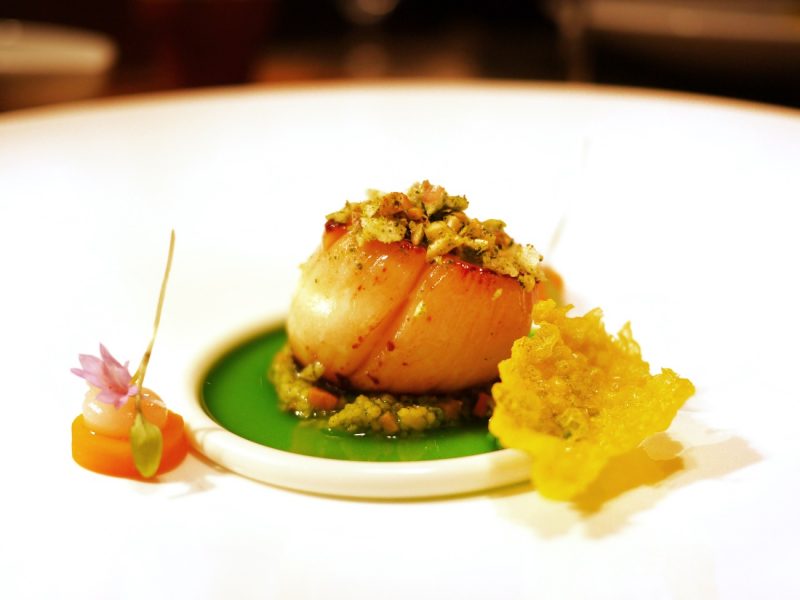
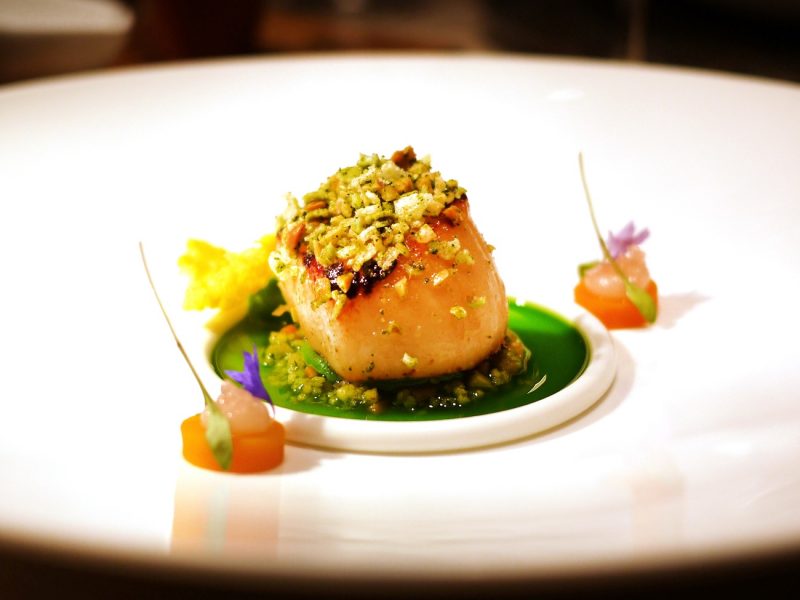
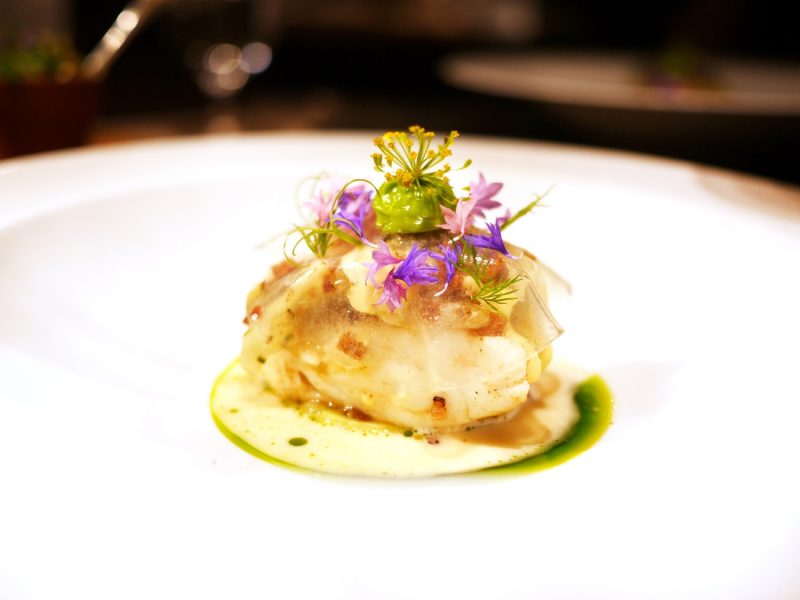
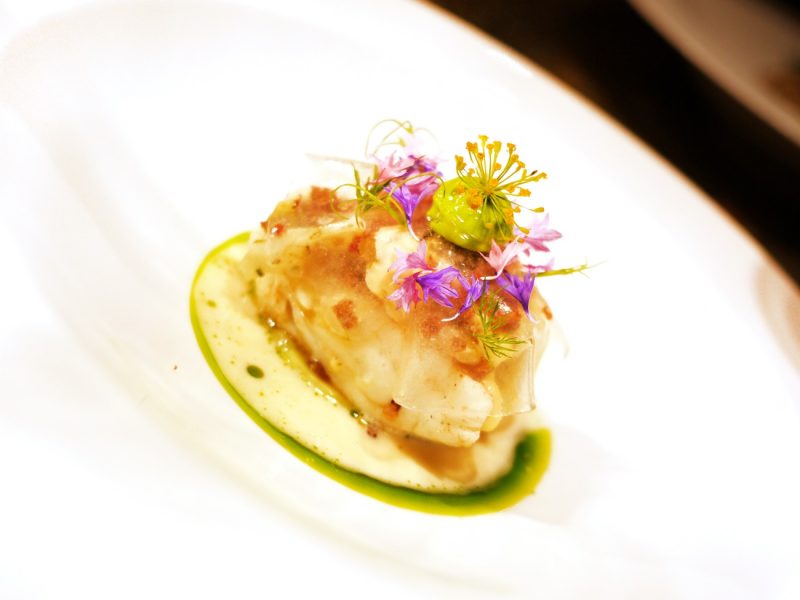
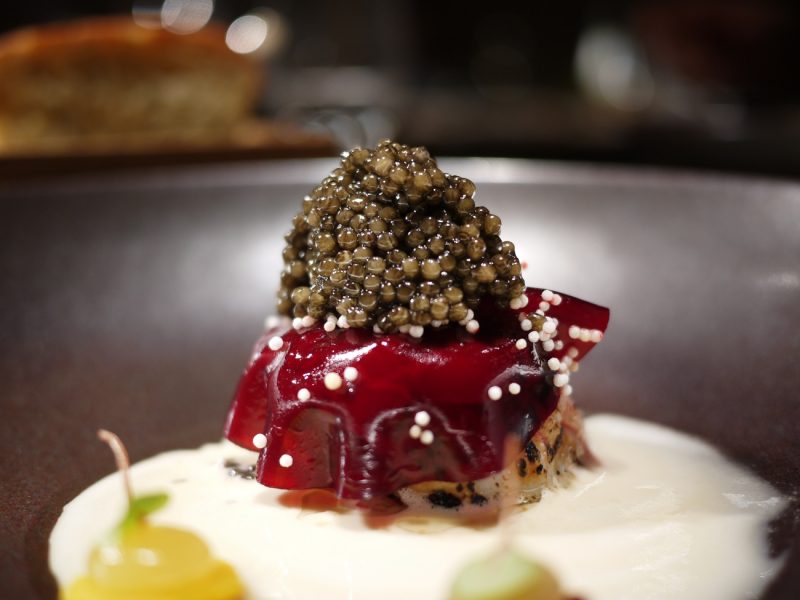
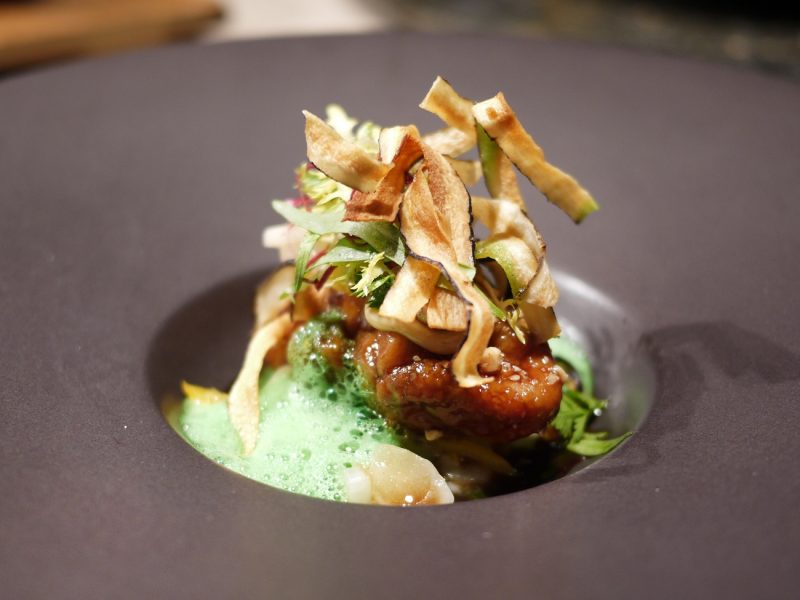
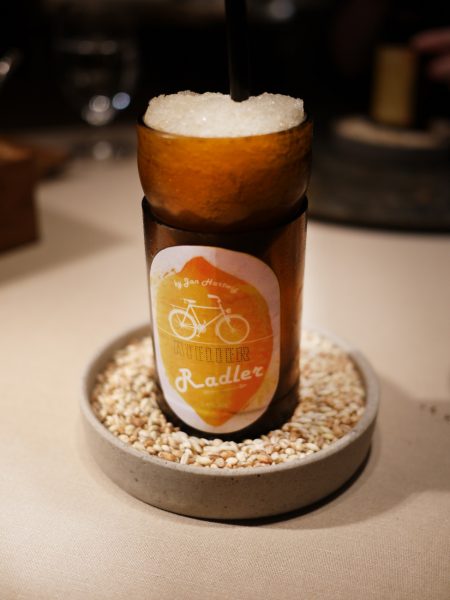
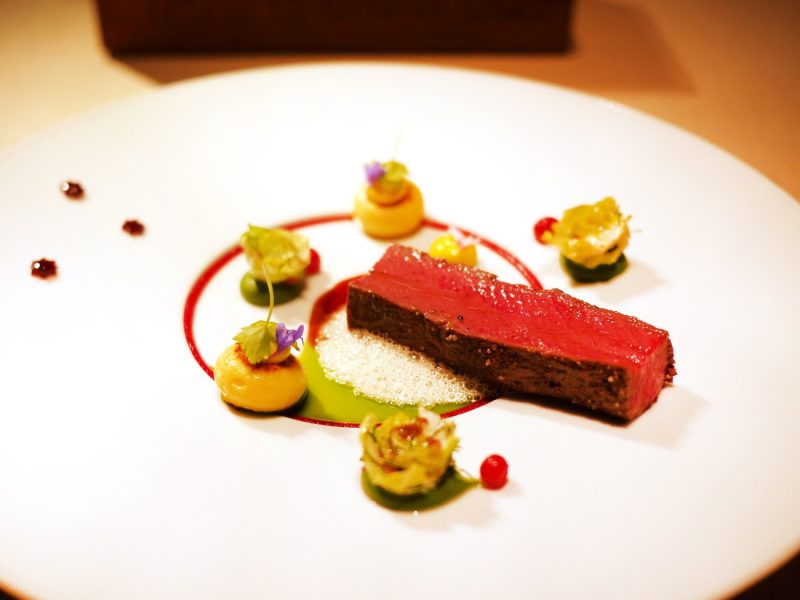
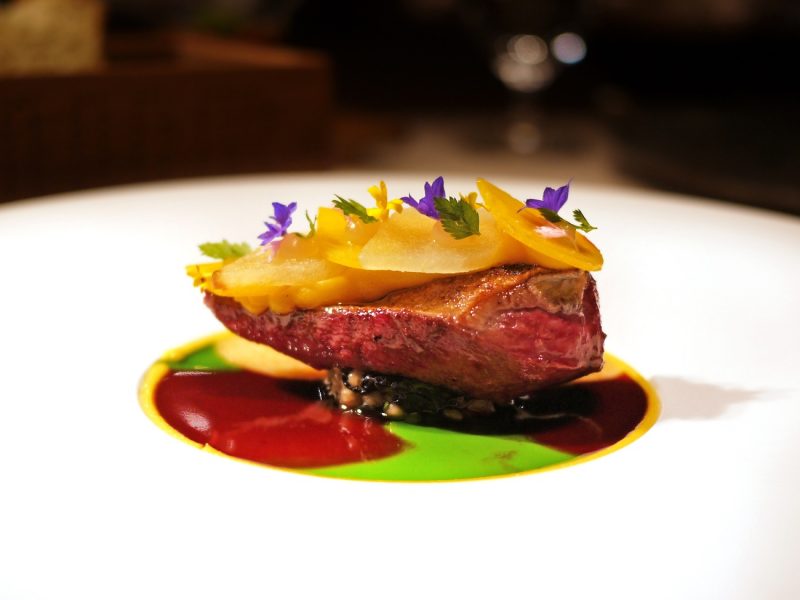
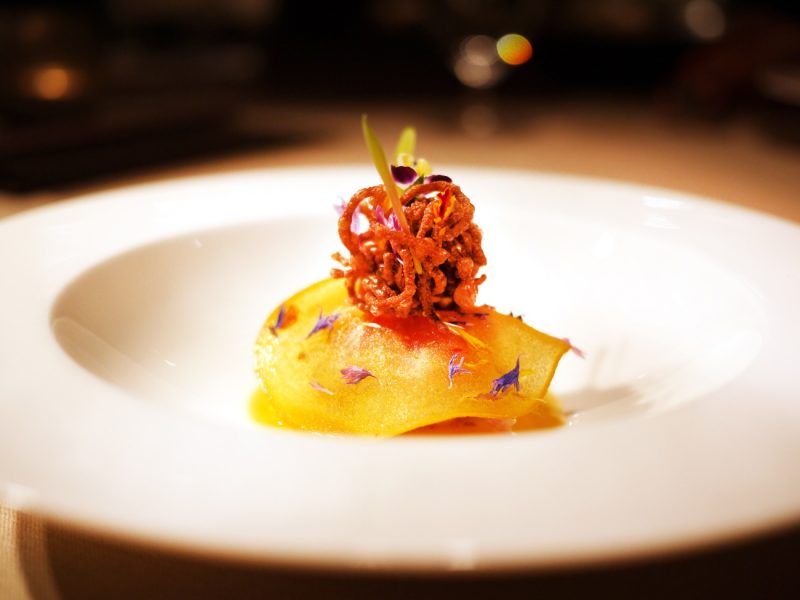
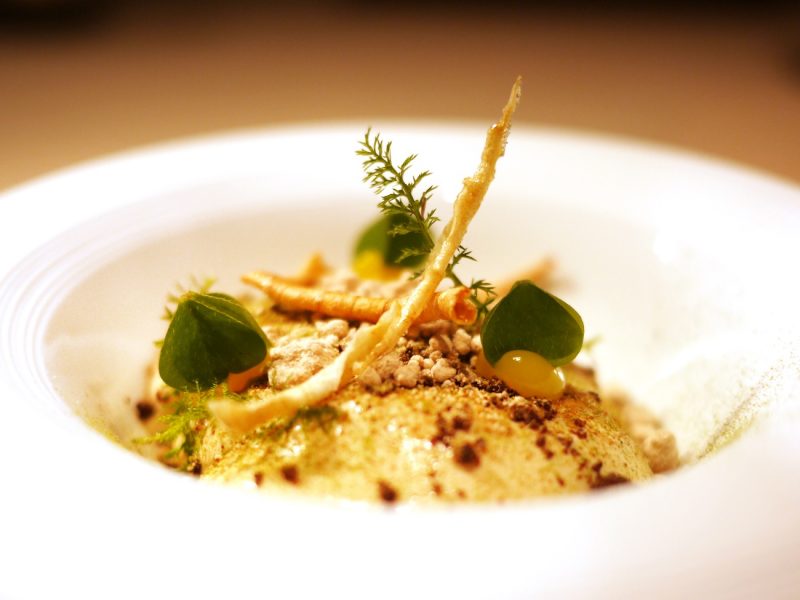
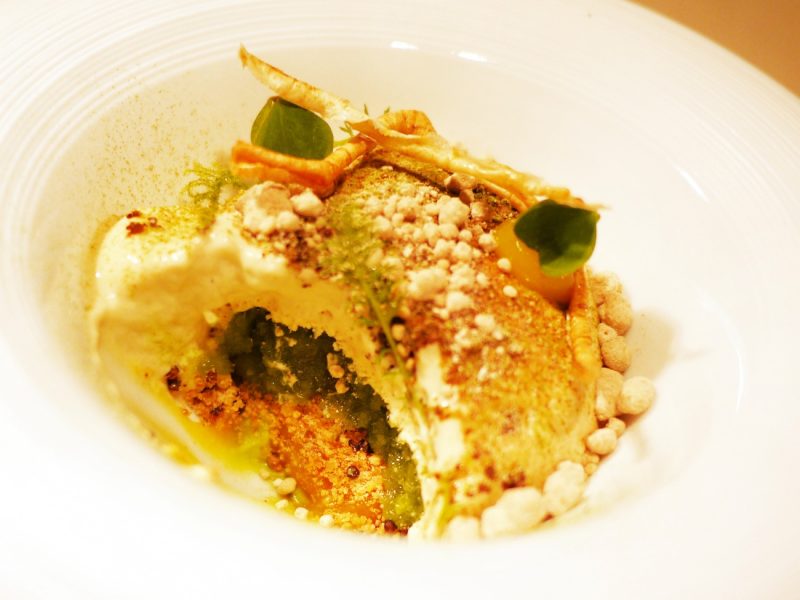
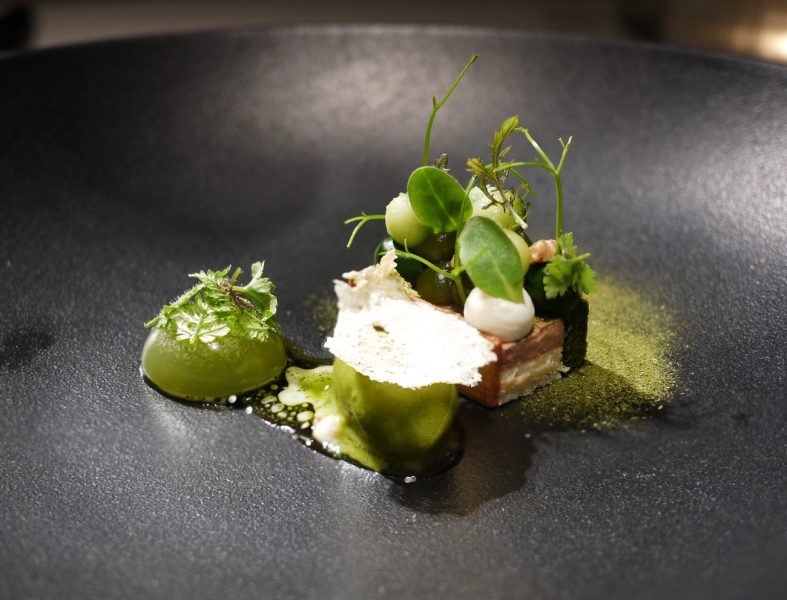
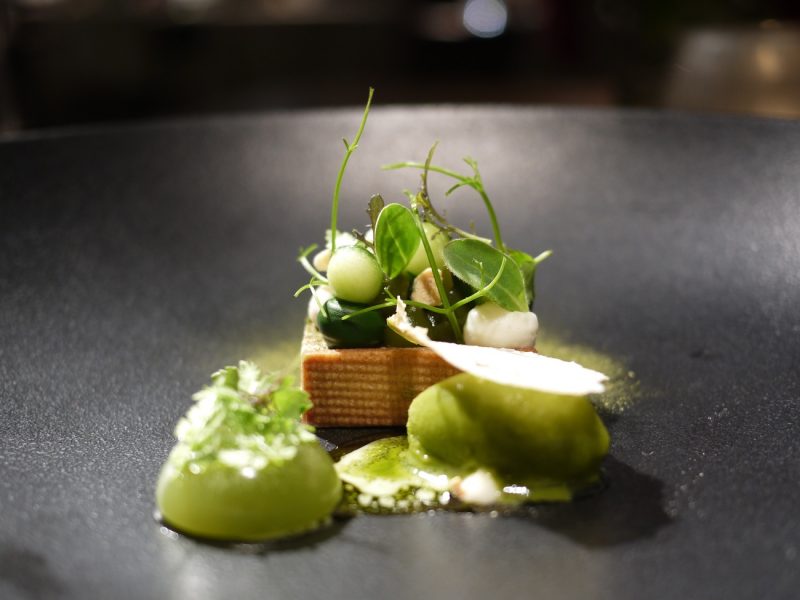
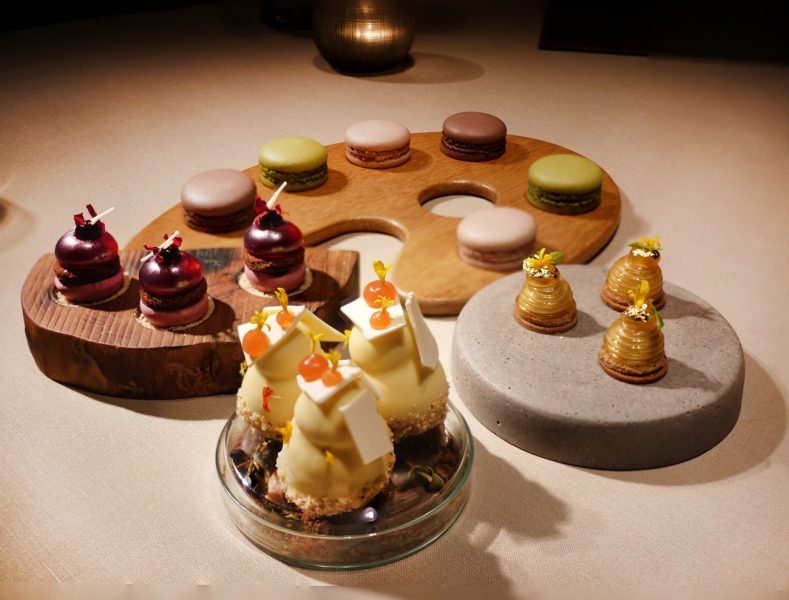
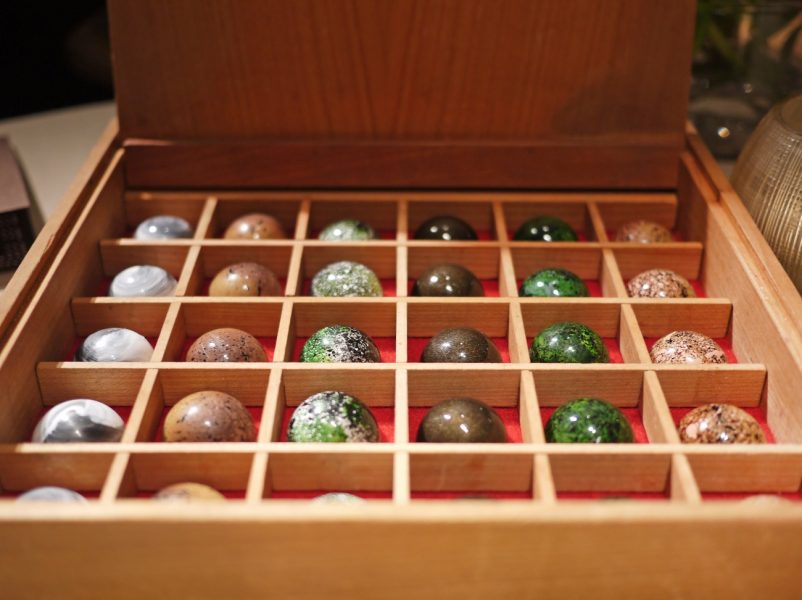
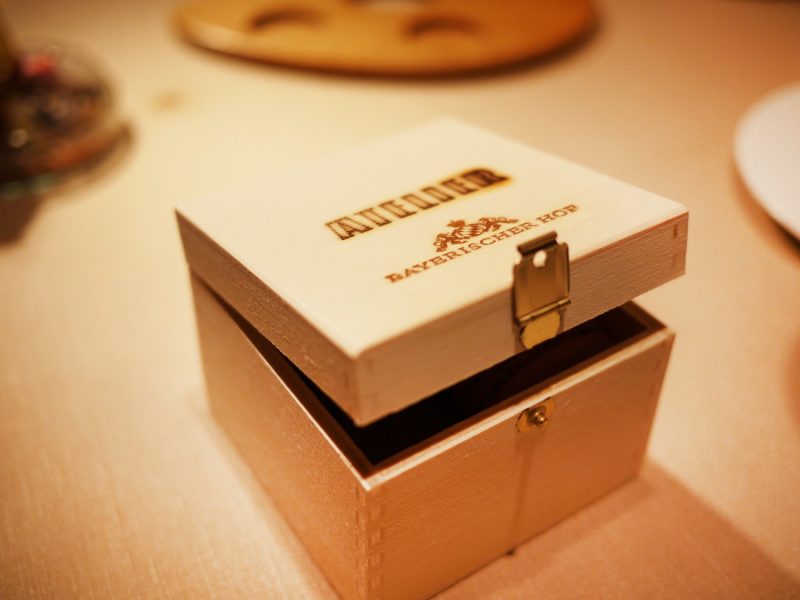
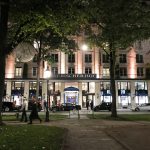
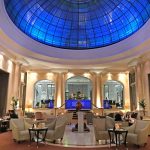
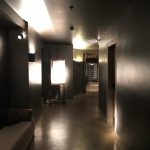
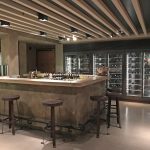
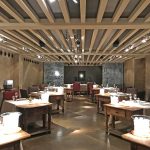
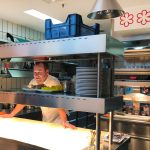
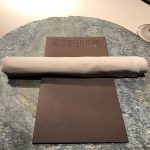
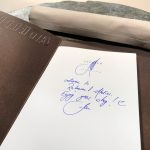
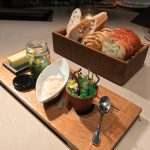
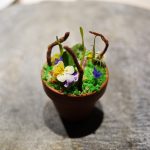
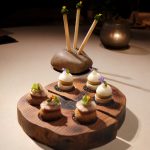
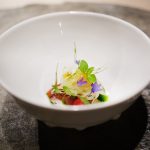
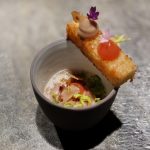
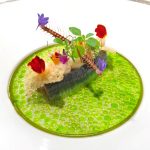
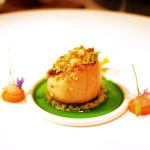
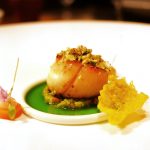
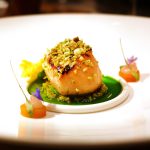
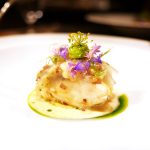
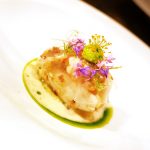
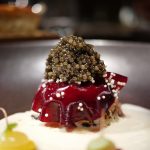
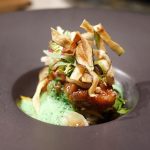
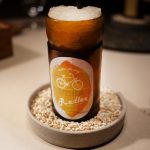
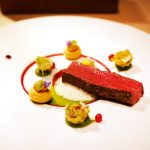
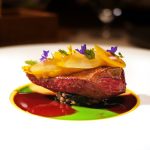
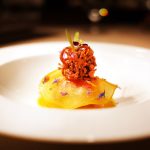
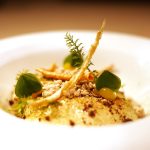
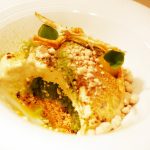
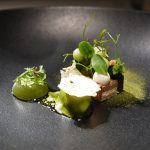
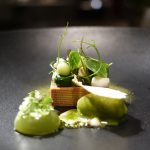
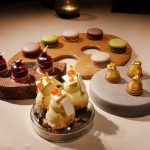
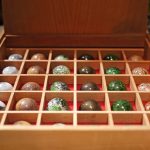
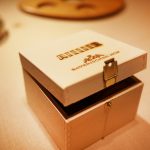
Jeff M (Munich)
I have also been to Aqua years ago. Enjoyable experience.
Dennis Wells (London)
Enjoyed reading your website. I know there are lots of world class restaurants in Germany.